
Unlocking Non-Representational Art: A Personal Journey to Appreciation & Meaning for Beginners
Demystify non-representational art with this deeply personal guide. Explore its historical roots, diverse styles, and practical tips to genuinely connect with abstract works, unlocking profound meaning and joy. Ideal for beginners.
Unlocking Non-Representational Art: A Personal Journey to Appreciation
Phew, abstract art. For a long time, it felt like a secret handshake I wasn't privy to. I'd stand in a gallery, staring at a canvas that looked like a paint fight in a laundromat, nodding sagely while my brain screamed, "What in the world am I supposed to see here?" If you've ever felt that little pang of self-doubt, that quiet suspicion that everyone else 'gets it' but you're just not sophisticated enough, let me tell you: you're in excellent company. My own journey into understanding non-representational art has been less of a grand revelation and more of a slow, slightly awkward dance. It’s a bit like learning to appreciate olives – you keep trying them, and one day, poof, they just click, or you discover they're simply not for you, and that's perfectly fine. But if you’re curious, stick around; perhaps we can unravel some of this delightful mystery together, one curious thought at a time, and perhaps, in doing so, unlock a richer, more expansive way of seeing the world around you. This journey, I've found, often begins with a simple question:
What Even Is Non-Representational Art? (And Why Does It Exist?)
"First off," you might ask, "what exactly are we talking about here?"
When we talk about "non-representational art," we're usually referring to art that doesn't depict anything recognizable from the real world. No trees, no people, no bowls of fruit (unless, of course, it's a bowl of fruit so abstract it defies recognition – a truly bold artistic statement in itself). While closely related, "abstract art" typically begins with a recognizable subject and then simplifies, distorts, or even fragments it. Think of it this way: a guide to Cubism often takes a person and breaks them into geometric shapes – that's abstract. A pure non-representational piece just gives you the shapes, or colors, or lines, without the starting point. It’s like the difference between a recognizable song played on a distorted guitar, and pure, unadulterated sound, like a symphony of abstract noises.
So, why did artists decide to ditch the literal? Well, a big part of it came from a desire to explore. After centuries of perfecting the art of depicting reality, some artists started asking, "What else can art do?" This desire for new avenues of expression was further fueled by external forces. The advent of photography, for instance, totally changed the game; if a camera could perfectly capture reality, what was painting's unique purpose? This freed artists to explore inner worlds, emotions, and pure visual sensations. Beyond that, the rapid societal changes of the late 19th and early 20th centuries – industrialization, the chaos of world wars, a questioning of traditional values, even groundbreaking scientific theories like Einstein's relativity or Freud's psychoanalysis challenging our very perception of reality – pushed artists to seek new forms that could express the fragmentation and complexity of a changing world, rather than just mirroring its surface. Influences from spiritual and philosophical movements, such as Theosophy, also played a significant role, inspiring artists like Kandinsky and Mondrian to seek universal truths and spiritual harmony beyond the visible, material world. It was a bit like breaking free from the shackles of 'making sense' in the traditional way. It’s less about what you see and more about how you feel, or what sensations the arrangement of elements evokes. This liberation from literal representation paved the way for entirely new art forms, including conceptual art and performance art, where the idea or action became paramount, rather than just the tangible image. It's a radical notion, I know, especially when your brain is hardwired to find faces in toast. This shift was a huge part of the history of art in the late 19th and early 20th centuries, leading to movements like Modern Art and its many fascinating branches.
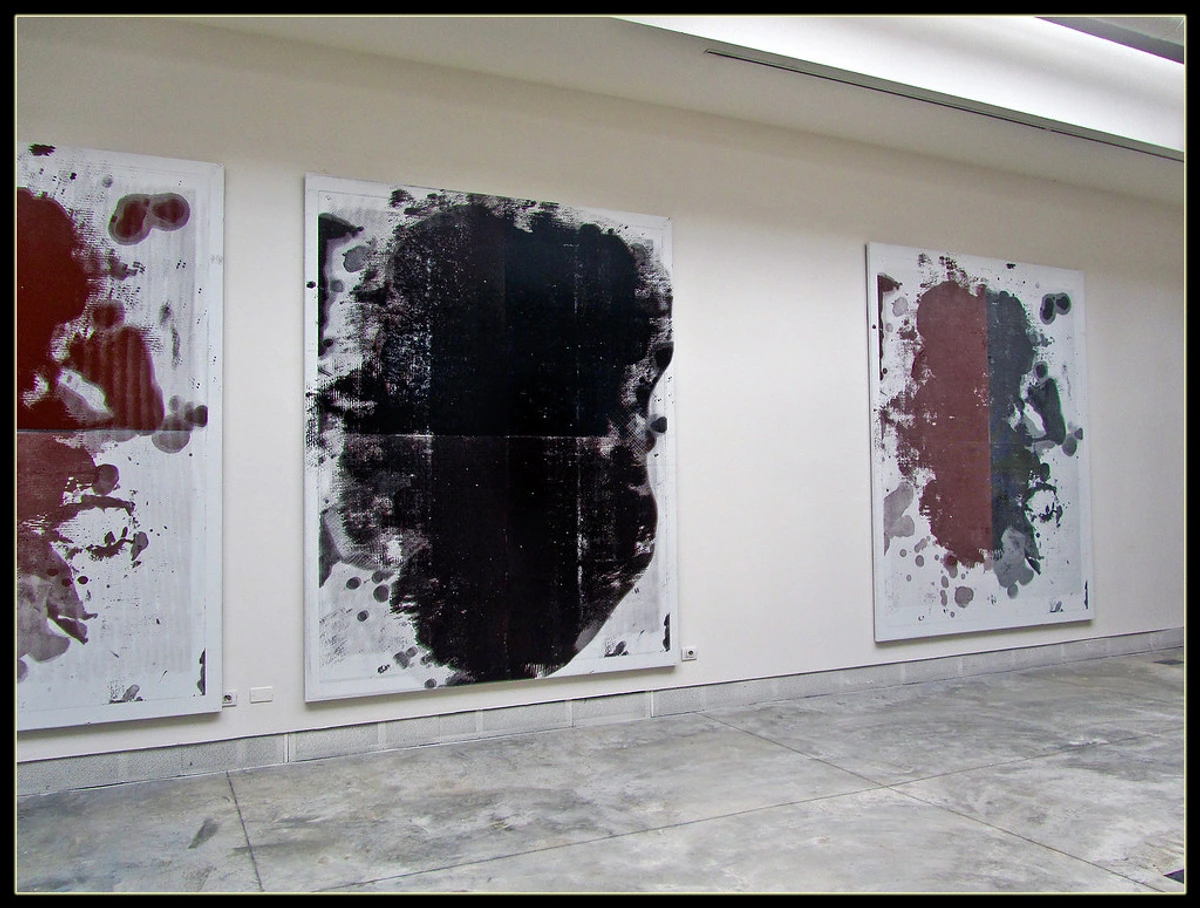
live.staticflickr.com, licence
The Myth of "My Kid Could Do That" (And Why It's Often Wrong)
Ah, the classic line. I'll admit, my inner critic used to be a real jerk about this. I've thought it, you've probably thought it. And honestly, it’s a perfectly normal reaction. I remember standing in front of a particularly vibrant, seemingly chaotic splatter painting once, my internal monologue confidently proclaiming, "My five-year-old could totally do this!" Only later, after reading about the artist's meticulous process and years of study, did I realize the profound difference between a child's uninhibited play and a master's controlled chaos. A child might randomly splash paint, but a master like Jackson Pollock carefully controls the direction, force, and density of the drip, building complex layers and rhythms across the canvas—a seemingly spontaneous act born from years of practice and a deep understanding of composition, often using house paint and working on monumental scales. Or take a Mark Rothko; it looks like simple rectangles of color, but his genius lies in the meticulous layering, the subtle shifts in hue, and the deliberate creation of a luminous, immersive space designed to evoke deep emotional or spiritual responses. It’s the art world’s equivalent of saying, "I could totally cook that" after tasting a Michelin-star dish. But here's the thing: while some non-representational art might look simple, it’s rarely random.
Good non-representational art is often built on a deep understanding of art elements like line, shape, color, and composition. Artists spend years mastering how artists use color to evoke mood, how lines create movement, or how shapes balance a canvas. They're making deliberate choices, even if those choices aren't immediately obvious to us. It's a bit like a seasoned chef making a seemingly simple dish – you taste it and think, "How did they make these basic ingredients taste this good?" It’s not just about the ingredients; it’s about the subtle touch, the timing, the years of practice that went into knowing how to combine them just so. It’s about what is design in art, even in its most non-objective forms.
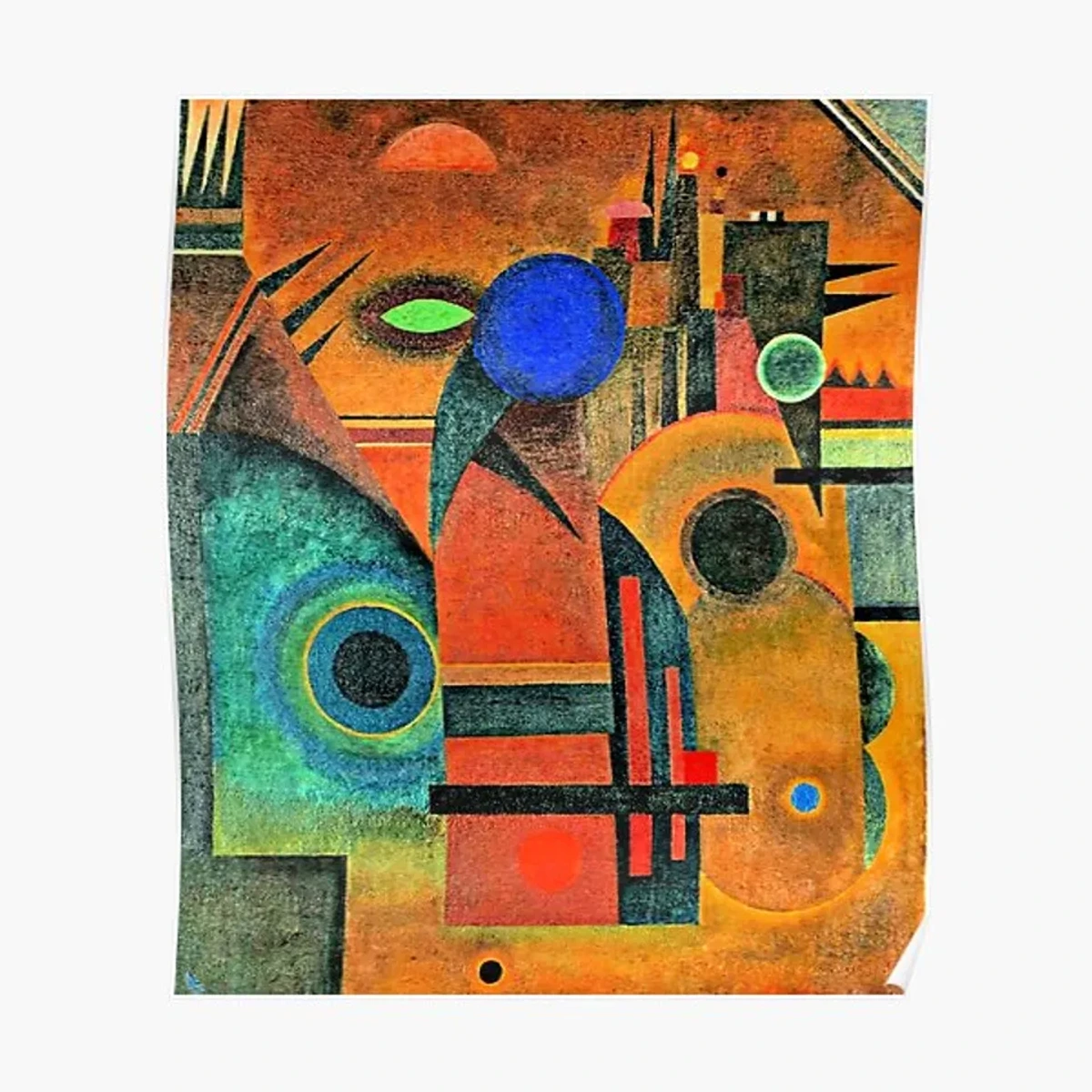
Your Personal Toolbox for Decoding the Unseen
Ready to ditch the decoder ring? Let's build our own personal toolkit for truly experiencing non-representational art, together. Here’s my highly unscientific, very personal approach:
1. Let Go of Expectation (And Your Inner Critic)
This is probably the hardest step for most of us, myself included. We’re trained to look for meaning, for stories, for something familiar. For years, I approached every abstract piece like a riddle I had to solve, leaving me frustrated and feeling inadequate. I once spent five minutes convinced a Rothko was secretly a giant, blurry hot dog, and I was so proud of my 'discovery' until I realized... it was just a Rothko. It wasn't until I truly let go of that frantic search, allowing myself to simply be with the artwork, that the feeling of inadequacy began to dissipate. Try to approach it like you’re listening to instrumental music – you don’t look for lyrics, you just let the sounds wash over you. Let go of the need to name things. Just be with the artwork for a moment. Try standing in front of a piece for just 30 seconds without judgment, simply observing what happens – what colors jump out? What lines draw your eye? What’s your immediate, gut reaction? A feeling? A memory? Nothing at all? All are valid.
2. Feel the Elements at Play
As an artist myself, I've found that truly feeling the elements at play, like how a vibrant red can clash with a deep blue, is key to creating the emotional impact I aim for in my own work and to appreciating the deliberate choices of others. "Color is a power which directly influences the soul." — Wassily Kandinsky. Once you’ve calmed your brain’s insistent need to identify a teapot, start noticing the individual elements:
- Color: How are colors used? Are they vibrant and clashing, or soft and harmonious? Do they make your eyeballs sing, or whisper a quiet lullaby? Do they make you feel energetic, calm, anxious? Wassily Kandinsky, one of the pioneers of non-representational art and a key figure in Abstract Expressionism, believed colors had spiritual vibrations. He practically wrote the book on how to create abstract art based on emotion, outlining principles for conveying inner states.
- Line: Are the lines bold and aggressive, or delicate and flowing? Do they create a sense of movement or stillness? Do they feel like a frantic scribble or a serene horizon?
- Shape: Are there geometric shapes (squares, circles) or organic, free-form shapes? How do they interact? Do they feel heavy or light, stable or precarious?
- Texture: Pay attention to the surface. Is there thick impasto (actual, built-up paint texture) that makes you want to reach out and touch it? Or does the artist's brushwork or layering create an implied texture, visually suggesting roughness or depth even on a relatively smooth canvas? Understanding what is impasto painting can unlock new appreciation here. Does it look deliciously gooey or satisfyingly smooth?
- Composition: How are all these elements arranged on the canvas? Is it balanced or intentionally off-kilter? Does your eye move around the piece in a particular way, perhaps in a dance, or does it feel stuck in one spot? Is there a sense of visual rhythm?
- Scale: How big is the piece? Does it loom over you, making you feel small and immersed, or is it intimate and draws you in closely? The size profoundly impacts your experience, changing from a quiet whisper to a booming shout.
- Light and Space: Beyond the canvas, particularly in sculpture or installations, notice how artists manipulate light and space. Does natural light play across the surface, creating shadows and highlights that shift as you move? Or is the artwork illuminated by artificial lights that sculpt its form? Does the artwork interact with the surrounding space, inviting you to move around it or even enter it, like a James Turrell light installation that completely envelops your perception? These elements, often overlooked, can profoundly shape your experience.
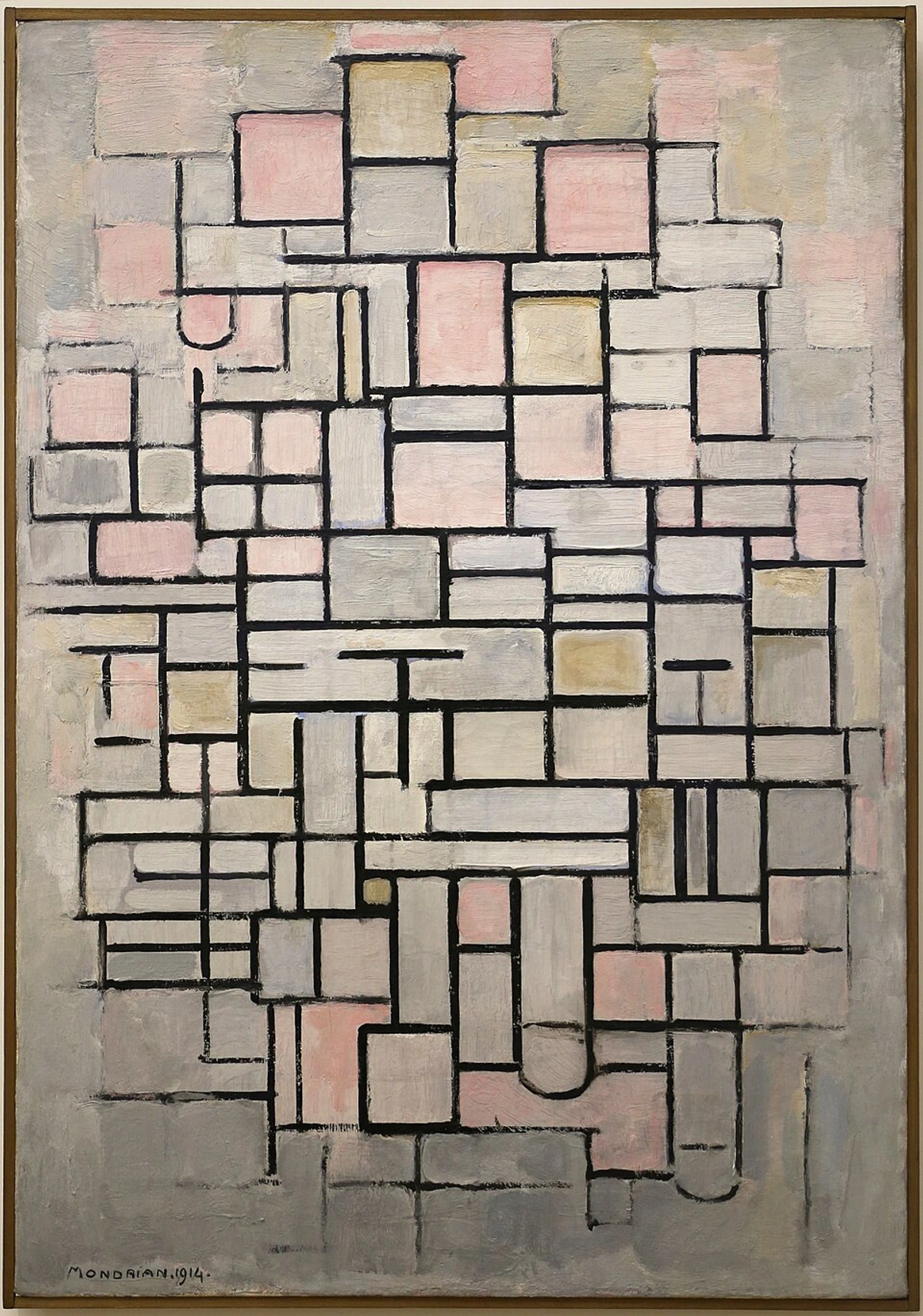
commons.wikimedia.org, licence
3. Consider the Artist's Intent (If You Can)
Sometimes, knowing a little about the artist or the movement can open up new pathways. I recall one particular piece – a dizzying array of lines and colors – that utterly baffled me. It wasn't until I later learned the artist was exploring concepts of quantum physics that the piece clicked into an entirely new dimension for me. Suddenly, the chaos felt deliberate, the lines like subatomic particles. Or consider the meticulous process of an Agnes Martin, whose subtly textured, gridded canvases often convey a sense of calm and transcendence, even though they appear simple. Knowing she spent years perfecting the exact shade of white or the precise spacing of a line transforms the seemingly minimal into something profound. Often, museum labels, artist statements, interviews, or a quick online search can provide fascinating insights into the artist's mind and the cultural context of their work, revealing layers you might otherwise miss. Piet Mondrian, for example, aimed for universal harmony and spiritual purity through his geometric grids and primary colors. He wasn’t just drawing squares; he was trying to represent a fundamental order to the universe. Gerhard Richter, on the other hand, often explores themes of perception, chance, and the nature of painting itself through his abstract works. His 1024 Colors Artwork isn't about emotion; it's a rigorous, systematic exploration of color arrangements. Knowing that helps you appreciate the conceptual depth beyond the visual. Of course, you don’t have to research every piece, but a quick Google can sometimes provide a fascinating entry point, like a tiny key unlocking a massive, beautiful door.
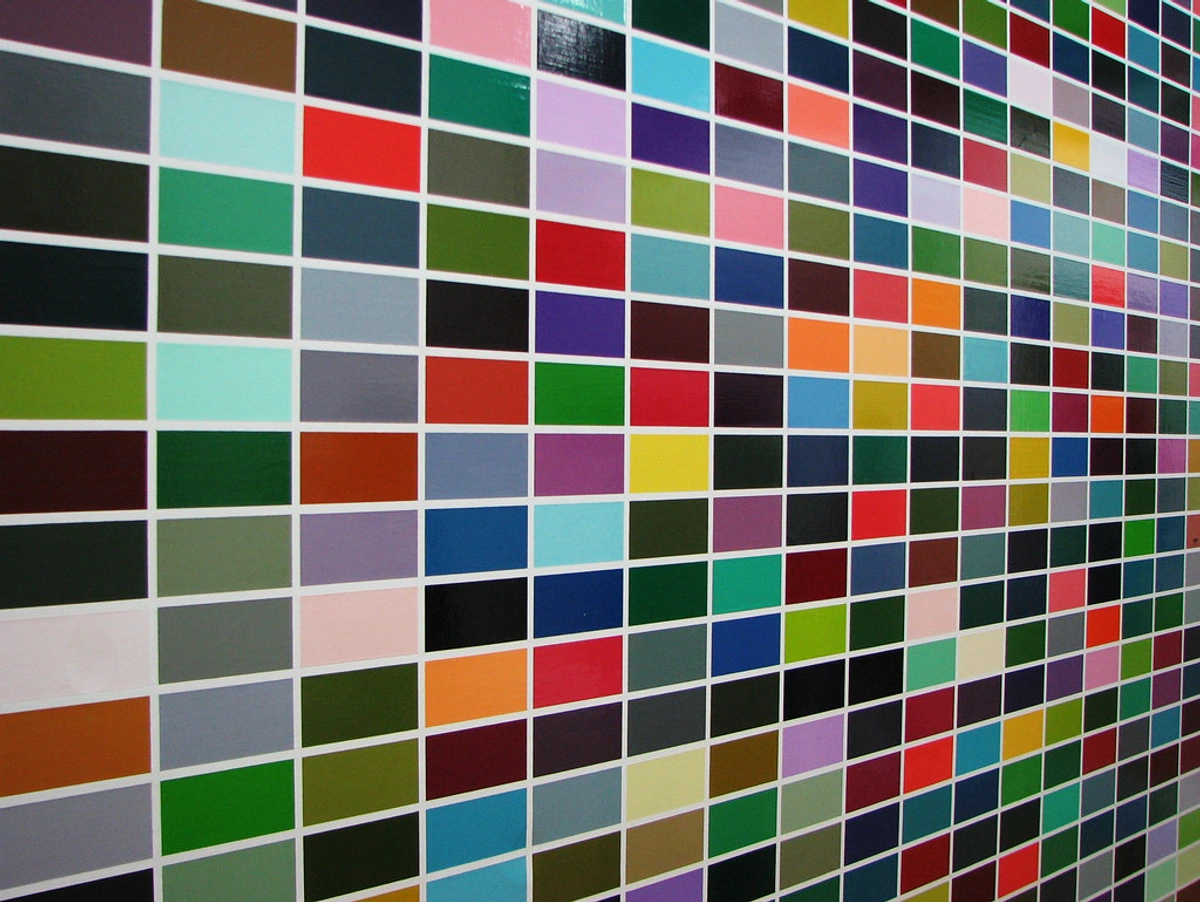
live.staticflickr.com, licence
4. Embrace Your Own Interpretation
This is where the real fun begins. Because non-representational art isn’t trying to show you a specific thing, it leaves a vast space for your own imagination and personal experience to fill. What does it say to you? Does it remind you of a feeling, a memory, a piece of music? There’s no wrong answer. Your interpretation is as valid as anyone else’s, because the artist has deliberately left it open. It's a truly democratic form of art, where the viewer becomes an active participant in creating meaning. I’ve found that my 'understanding' of an abstract piece can change depending on my mood, or even the weather outside. It’s an ongoing conversation, and that's the beauty of it. So lean into your gut feelings; sometimes, the art just is what it feels to you, and that's more than enough.
5. Remember the Mediums are Many
While we've mostly focused on paintings, non-representational art bursts forth in countless forms. You'll encounter it in towering sculptures that defy gravity, immersive digital installations that wrap you in light and sound, intricate mixed media assemblages, and even ephemeral performance art. The principles we've discussed – engaging with form, space, emotion, and concept – apply across all these diverse mediums, constantly challenging your perception and inviting new modes of engagement.
Different Flavors of Abstraction: A Quick Taste
Ever wonder why one abstract painting feels like a calm meditation while another screams with raw energy? If non-representational art isn't about depicting reality, what is it about? And why does it look so wildly different from one artist to the next? Ah, my friend, that's where the glorious 'flavors' come in. Just like there are countless types of music, there are many distinct approaches to non-representational art, each with its own philosophy and visual language. Let's sample a few, along with my own fleeting thoughts on them:
Style | Key Characteristics | Personal Note |
|---|---|---|
| Abstract Expressionism | Characteristics: Emphasizes spontaneous, painterly brushwork; often large scale; focuses on expressing emotion rather and creating a recognizable image. Also known as **New York School** or **Action Painting** for its dynamic, action-oriented approach. Think pure, raw emotion on canvas. | Jackson Pollocks drip paintings, Willem de Koonings aggressive brushstrokes, and Mark Rothko's luminous color fields are prime examples of the movement's diverse manifestations. My take: It's like jazz music translated into paint – improvisation, raw energy, and a deep emotional resonance that bypasses the literal. Sometimes chaotic, sometimes sublime, always feels deeply human. Sometimes it's just about the sheer physical act of painting, the raw encounter between artist and canvas. |
| Geometric Abstraction | Characteristics: Utilizes precise, non-objective geometric forms (squares, circles, triangles, straight lines) and often a limited color palette (primary colors plus black and white). Seeks universal harmony, order, and spiritual purity through abstract means. Emphasizes rational structure and mathematical precision. | Piet Mondrian's grids are the quintessential example. My take: It's the art world's clean-cut intellectual, obsessed with order and universal truths. Less about gut feeling, more about pure visual logic and balance. It's the visual equivalent of a perfectly executed mathematical proof, or a perfectly designed blueprint – precise, elegant, and timeless. There's a calming, almost meditative quality to its structured simplicity. |
| Color Field Painting | Characteristics: Large fields or expanses of solid color, often applied thinly to soak into the canvas, creating soft, hazy edges. Emphasizes color itself as the primary subject, aiming to evoke deep emotional or spiritual responses. Focuses on immersive, contemplative experience. | Mark Rothko's monumental canvases and Helen Frankenthaler's stained canvases are iconic. My take: This is the quiet meditative giant of abstraction. It's not shouting; it's enveloping. You don't just look at it; you enter it. It's like standing in front of a vast, glowing sunset that makes you forget everything else. The colors breathe, they vibrate, they hum with an inner life. It’s an invitation to pure contemplation and emotional immersion. |
| Lyrical Abstraction | Characteristics: Characterized by a free, spontaneous, and intuitive use of color, line, and form, often with a sense of movement and rhythm. Less focused on geometric precision or intense emotion, more on organic shapes, fluidity, and a poetic, expressive quality. Can feel more delicate or ethereal. | Early works by Wassily Kandinsky and many artists of the Tachisme movement. My take: This is the poetry of abstraction. It's fluid, graceful, and often feels like a visual improvisation. Less about dramatic statements, more about gentle whispers and harmonious flows. It's the visual equivalent of a classical music piece – emotional, but with a refined, elegant touch. It often feels deeply personal and intimate, like a visual diary entry. |
| Op Art (Optical Art) | Characteristics: Employs abstract geometric patterns and precise color relationships to create illusions of movement, vibration, or hidden images. Plays with perception and optical trickery. Often monochromatic or uses a limited, high-contrast palette. | Victor Vasarely and Bridget Riley are masters of this. My take: This is the visual magic trick of abstraction! It grabs your eyeballs and won't let go, making them dance, shimmer, or even ache (in a good way!). It's less about emotion and more about pure visual gymnastics, a puzzle for your perception. It's the art world's trickster, constantly challenging what you think you see. It's delightfully disorienting and intellectually stimulating. |

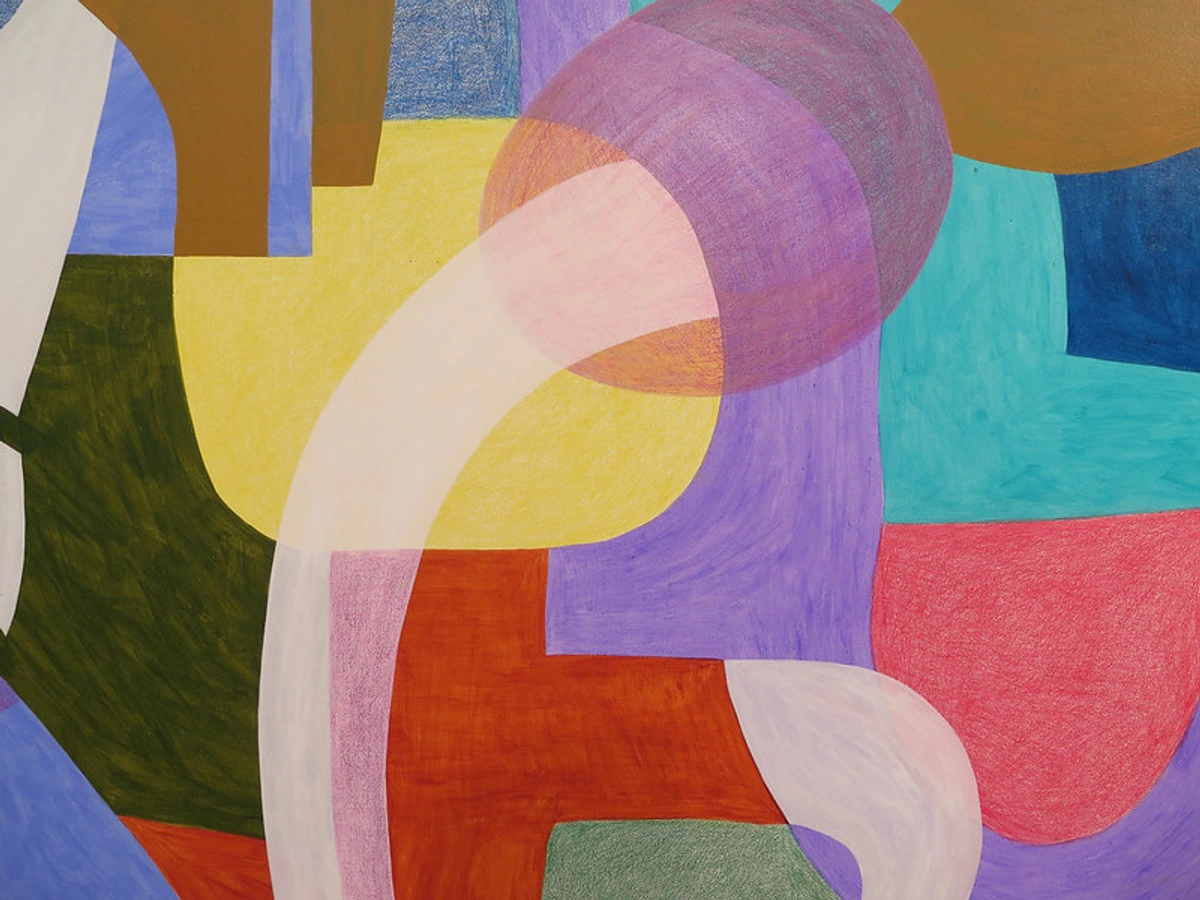
It’s fascinating to see how each style approaches the idea of art without direct representation, and how understanding these diverse approaches has truly deepened my own artistic practice.
My Journey with Abstraction (and Yours Can Start Too!)
As an artist myself, creating work that is often abstract and colorful, my understanding of non-representational art has deepened immensely. It's no longer just about the finished piece; it's about the process, the intention, and the dialogue it creates. For me, embracing abstraction has been a profound shift, allowing me to express emotions and ideas that words simply can't capture. For instance, I used to struggle to convey the feeling of chaotic joy in my landscape paintings, but shifting to abstract expressionism allowed me to use bold, clashing colors and unrestrained brushstrokes to directly translate that raw emotion onto canvas, bypassing literal representation entirely. I've also found myself leaning into the meditative qualities of repetitive marks when exploring quieter, more introspective feelings – a focus on the process of mark-making over any predefined outcome. It's transformed how I view the world, pushing me to see beyond the literal and find beauty in pure form and color. I don't always understand every piece I see, and that's perfectly okay. Sometimes, it's just about appreciating the visual music of it, or letting a color wash over you.
If you’re keen to explore more, I highly recommend visiting some local galleries or even checking out my own artist's museum in 's-Hertogenbosch if you're ever in the Netherlands. Seeing these works in person, feeling their scale and texture, makes a huge difference. And if you find a piece that truly resonates, don't hesitate to explore options to buy art and bring that energy into your own space. There's a unique joy in living with art that speaks to you, subtly shifting the vibe of a room and enriching your daily life, creating a constant conversation. Your own artistic style might even be influenced by what you discover! If you're curious about my artistic journey, you can always check out my timeline too.
Frequently Asked Questions (FAQ) About Non-Representational Art
Q: Is non-representational art just random?
Not usually. While it might appear chaotic, most non-representational art involves deliberate choices about color, line, shape, and composition, often conveying emotion or exploring abstract concepts. The artist's intent and technical skill are still very much at play.
Q: Do non-representational artists plan their work, or is it spontaneous?
A: It varies widely. Some non-representational artists meticulously plan their compositions with sketches and studies, while others work spontaneously, allowing intuition and improvisation to guide their process. Often, there's a blend of both, with initial concepts evolving through the act of creation.
Q: How can I tell if a non-representational piece is "good"?
"Good" is subjective, but look for pieces that evoke a strong emotional or intellectual response in you. Consider the artist's use of elements, balance, and originality. Does it feel intentional? Does it hold your attention? Don't worry about consensus; trust your own reaction. It's okay to like what you like, and not like what you don't.
Q: What if I don't "feel" anything when looking at it?
A: And that's perfectly okay! Just like with any art form, not every piece will resonate with everyone. Don't force a connection. Sometimes, it takes time, or perhaps a different piece or artist will spark something within you. The key is to remain open and curious, and not to judge yourself for your initial reaction (or lack thereof).
Q: Why is non-representational art sometimes so expensive?
Like all art, price can be influenced by the artist's reputation, historical significance, demand, and size. Beyond that, the value often lies in the conceptual depth, the artist's unique vision, its impact on the art world, its provenance (the documented history of ownership), and prevailing art market trends. Understanding art prices is a whole other rabbit hole, often involving a sprinkle of magic, a dash of speculation, and a whole lot of history!
Q: Where can I see more non-representational art?
Art museums and contemporary galleries worldwide are excellent places. Many major cities have fantastic collections; consider checking out the best museums for modern art or exploring museums worldwide for inspiration.
Your Turn to Play: Experimenting with Abstraction
Feeling inspired to try your hand? You don't need a fancy studio or years of training to begin your own exploration of non-representational art. Here are a few simple ways to start:
- Grab Some Supplies and Just Play: Don't think, just create. Take some paint, crayons, or even pens, and let your hand move freely on paper. What happens if you only use circles? Or only straight lines? Let intuition guide you.
- Focus on a Single Element: Pick one element – say, color. How many shades of blue can you make? How does a vibrant red feel next to a muted green? Forget objects, focus on the pure sensation of color interaction.
- Music as Inspiration: Put on a piece of instrumental music. How would you visually represent the rhythm? The melody? The emotion? Let the sounds translate into lines, shapes, and colors without trying to draw anything specific.
- Blind Contour Drawing (with a twist): Instead of an object, try tracing the feeling of a room, or the energy of a conversation, with your eyes closed or without looking at the paper. It's about capturing an internal sensation, not an external form.
Ultimately, understanding non-representational art isn't about memorizing names or dates, though that can be fun. It’s about opening yourself up to a different way of seeing, a different way of feeling. It’s about accepting that art doesn't always have to tell a literal story to be profound. It can be a direct line to emotion, a pure visual experience, or even just a beautiful arrangement of colors that makes your living room sing. So, next time you encounter a piece of abstract art, don't rush to understand it. Just breathe. Look. And let it do its thing. Who knows what you might discover within yourself, and within the painting.




